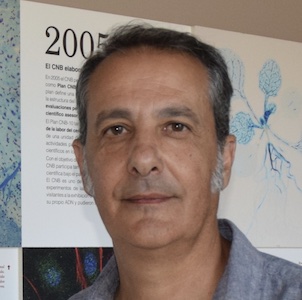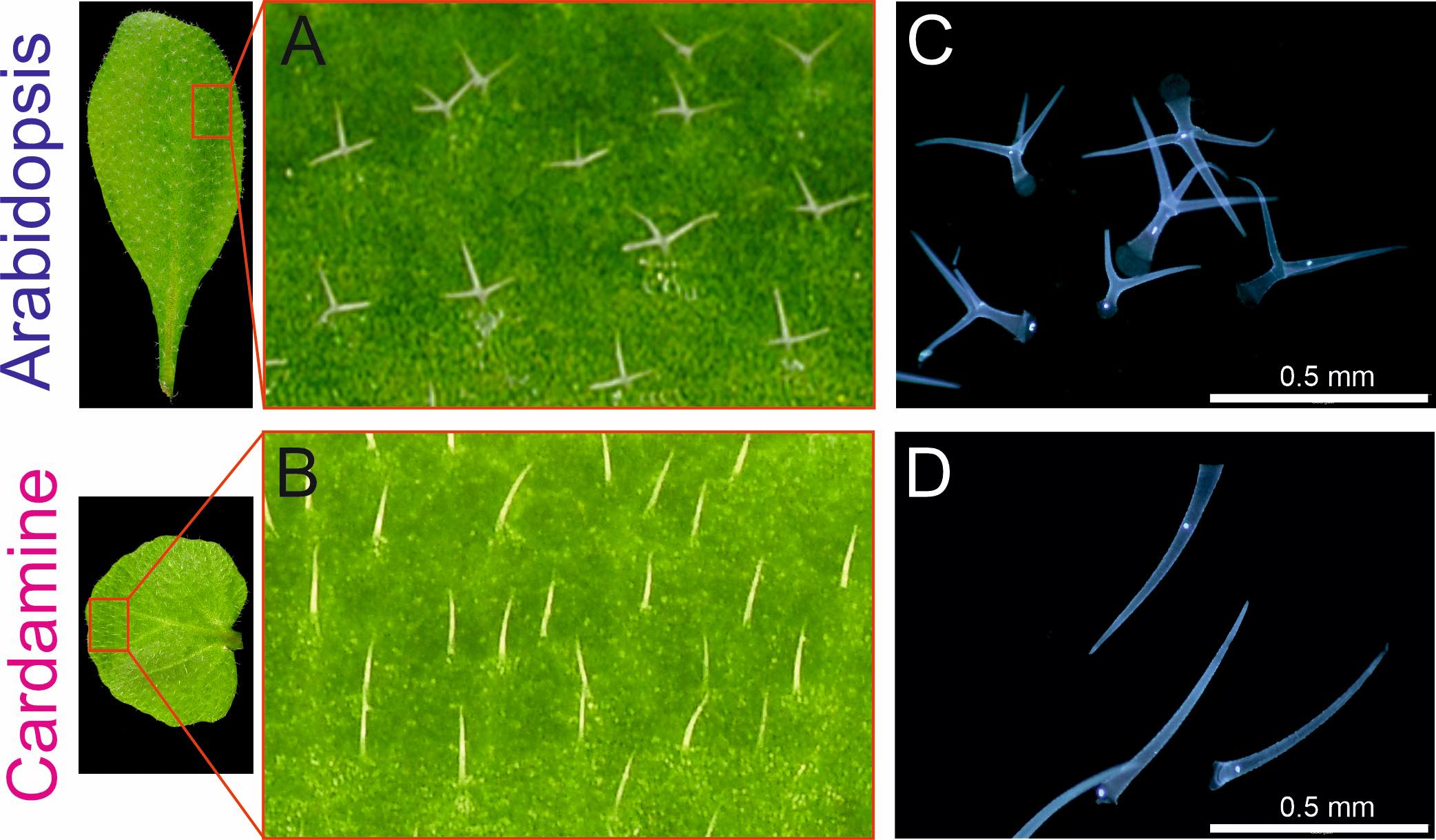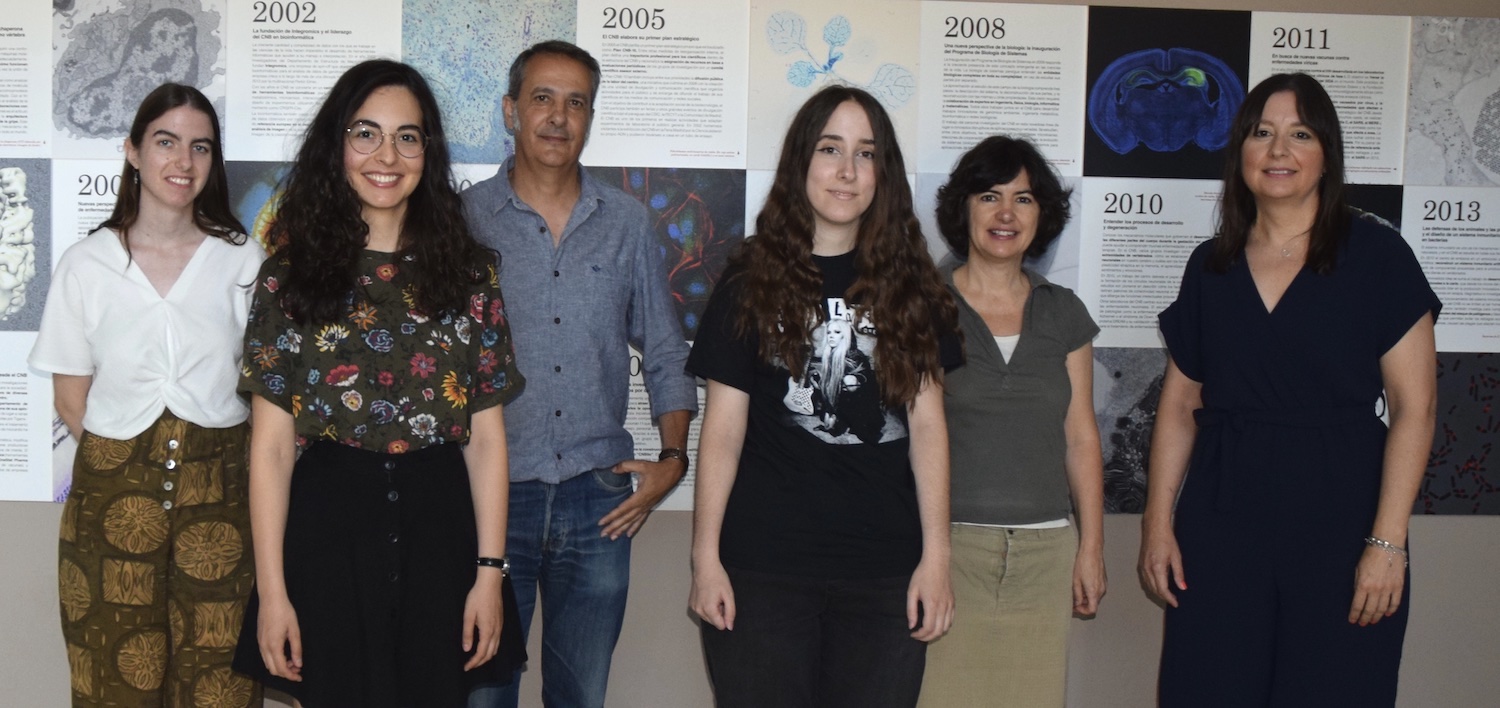Natural Variation in Plant Development
RESEARCH GROUP

Carlos Alonso Blanco
Group Leader
Research Summary
The main goal of our laboratory is to understand the genetic, molecular and evolutionary mechanisms involved in plant adaptation. In particular, we are interested in understanding the natural diversity for relevant adaptive traits, such as flowering time, plant growth, or trichome pattern and morphology. We are analyzing the diversity of these traits in model plants, like Arabidopsis and Cardamine, but also in non-model systems, like several duckweed and Arabis species.
Research Lines
To understand the mechanism of plant adaptation to different environments we are mainly exploiting the genetic diversity that exists in nature in the wild, annual, and model plant Arabidopsis. In the past few years we have analysed the natural variation for the amount and distribution (pattern) of trichomes, showing that Arabidopsis has evolved trichomes in fruits exclusively in the Iberian Peninsula (Arteaga et al., 2021). Genetic and molecular analyses have demonstrated that synergistic mutations in three genes encoding MYB transcription factors, have driven this evolutionary innovation in fruit trichome patterning in Arabidopsis (Arteaga et al., 2021).
We are also exploiting the genetic resources that we have developed for Arabidopsis in the Iberian Peninsula through genome-wide association studies (GWAS). We have thus identified new and known genes involved in the natural variation for traits like flowering time, or trichome pattern and morphology (Arteaga et al. 2022). Furthermore, we are addressing the role of climatic factors in the evolution of adaptive traits by means of environmental genome-wide association studies (EGWAS), showing that climate is affecting the plasticity and geographic distribution of multiple adaptive traits (de la Mata et al., 2024).
Recently we have also extended these studies to other plant species, such as Cardamine hirsuta, a wild relative of Arabidopsis for comparative and evolutionary genomics. GWAS studies of trichome pattern in Cardamine have identified common genetic mechanisms, such as the MYB transcription factor ChGL1. However, climatic EGWAS have shown that Cardamine and Arabidopsis differ in environmental drivers (Fuster-Pons et al., 2024).
Furthermore, in collaboration with Dr Antonio Leyva, we are analysing the natural diversity for an aquatic wild plant, duckweed (Lemna sp), with high biotechnological potential for phytoremediation and as alternative protein crop.

Trichomes of Arabidopsis and Cardamine. A) Branched trichomes from Arabidopsis leaf; B) simple trichomes from Cardamine terminal leaflet. C, D) Isolated trichomes from both species showing large polyploid nuclei stained with DAPI.
Publications
Group Members
Group Leader
Carlos Alonso Blanco
Staff Scientist
Belén Méndez de Vigo Somolinos
Lab Assistant
Mercedes Ramiro Rivero
PhD Candidates
Alba Murillo Sánchez
Sonia Alba Almendros





